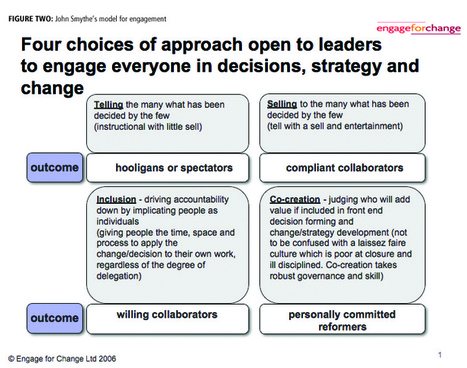"Can you articulate your organization’s strategy in a meaningful way that all employees would understand? Would all of your leaders say it the same way, no matter the division they lead? And is it integrated into all of your internal communication programs? Are you sure?
Corporate strategy drives our future, how we focus our efforts, and it provides our ultimate goals. It’s our North Star. And it’s what leadership cares about.
Imagine if employees and leaders had different versions of the North Star – we’d never reach a shared vision or goal.
This is where Internal Communication should be connecting the dots and providing context to make sure all are aiming toward that one direction. Corporate strategy is the ultimate common thread that stitches all internal communications together. But many of us have not truly integrated it everywhere. We have help – and it’s just down the hall."
Read the full article to discover how you can use education to teach leaders about strategy, communication, and their accountabilities for both:
- It’s time to partner
- Try education to kick-start your new relationship
- Strategy workshop
- Workshop must-haves



 Your new post is loading...
Your new post is loading...










Providing context and connecting the dots - these are often the solutions to many engagement and communication issues. Internal communicators who can draw that information out and relay it in an easily understandable manners will find the rest of their job gets easier.
The intro to the case study this article was formulated after, highlighted what can prevent us from getting there.
Whether it's strategy (or any other topic), don't trust when people tell you they know. If you see this behaviour from anyone in your organization, they likely don't and may not even realize it. More than likely you'll also see a correlation to dissatisfied or floundering staff.